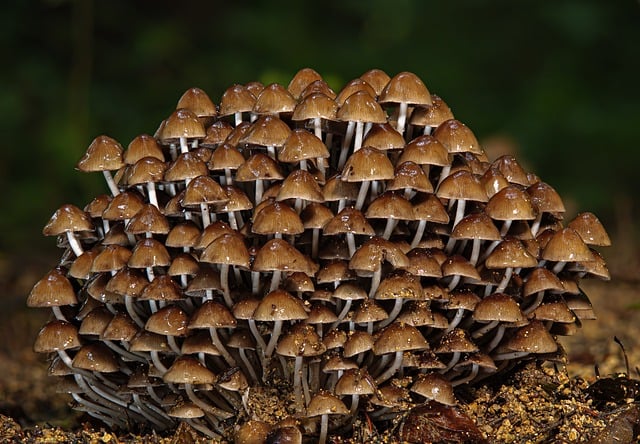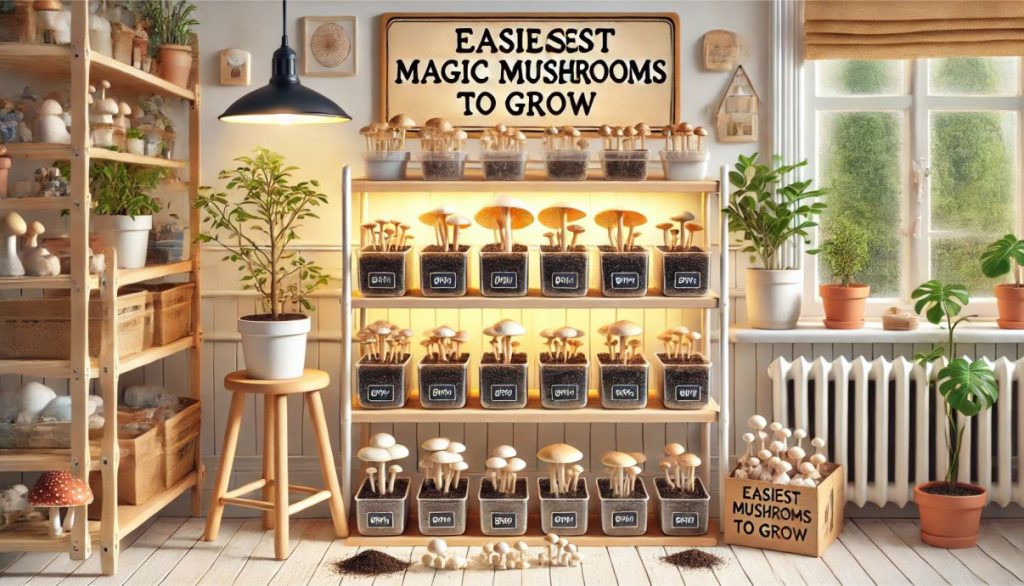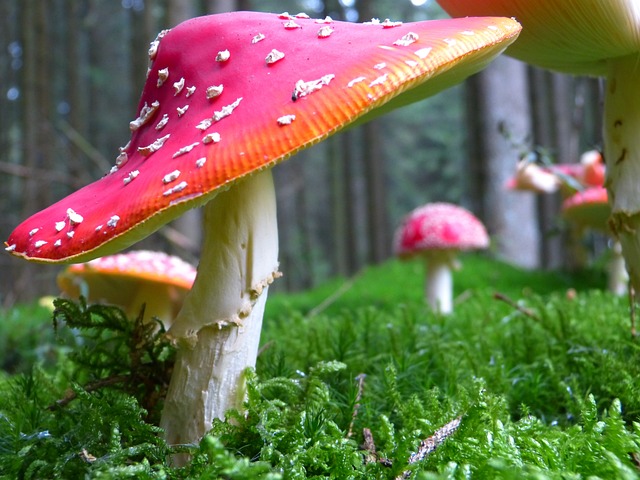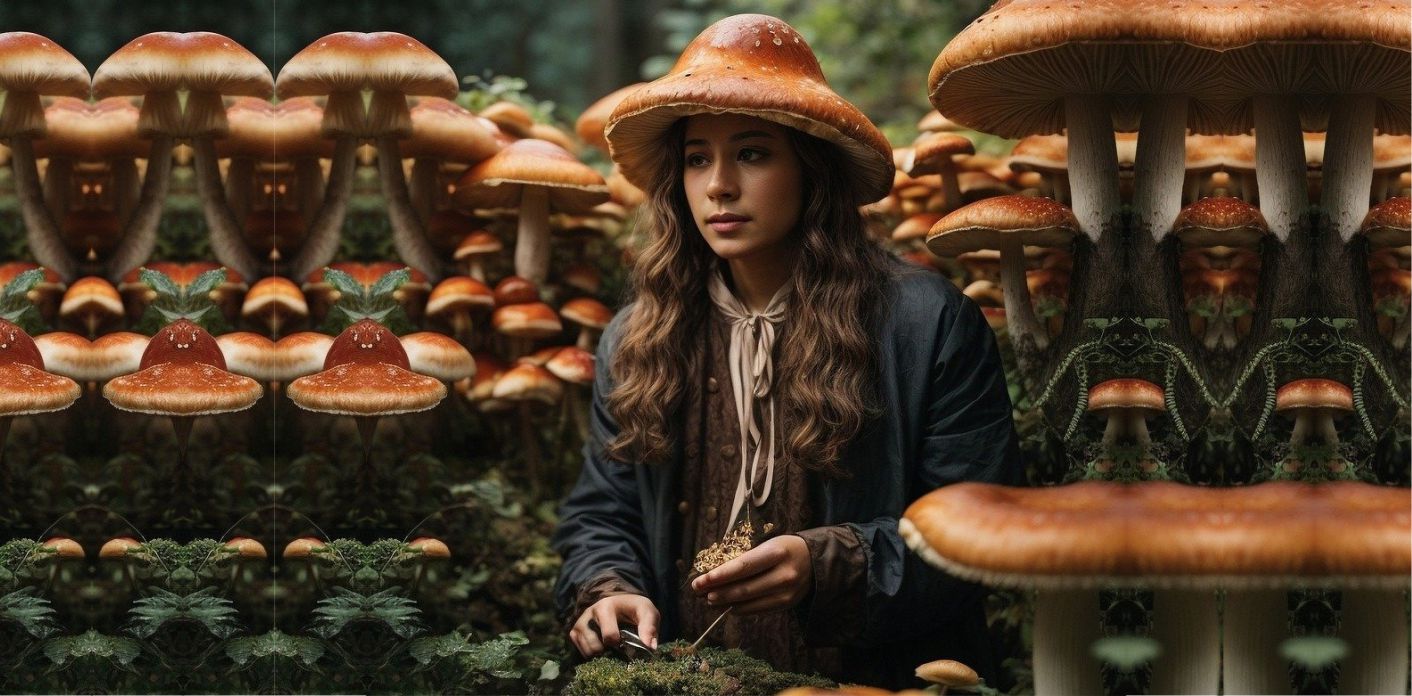This blog post guides you through the basics of growing psilocybin mushrooms, offering practical tips on starting your own magic mushroom garden. Beginners and experienced growers alike will learn a thing or two on how to cultivate these powerful fungi safely and successfully. Read on.
Table of Contents
Easiest Magic Mushrooms to Grow
If you’re interested in magic mushroom cultivation, you might be curious about the easiest psilocybin mushrooms to grow. Let’s walk you through the most accessible species and methods to start growing magic mushrooms.

How to Start Your Psilocybin Mushroom Cultivation
Choosing the right species is where everything starts from. Some psilocybin mushrooms are easier to grow than others, making them ideal for beginners. Among them, Psilocybe cubensis stands out as one of the simplest species to start with. Its resilience and adaptability make it a top choice for those new to magic mushroom cultivation. Additionally, cultivating your own psilocybin mushrooms offers financial savings, safety, and greater control over their quality and purity from the start.
Why Psilocybe Cubensis?
Psilocybe cubensis is often recommended due to its forgiving nature and straightforward growing requirements. It thrives in a variety of environments and is less sensitive to fluctuations in oxygen levels and other conditions compared to other species.
That makes it an excellent candidate for those who are just starting to grow magic mushrooms. Additionally, Psilocybe cubensis produces robust fruiting bodies, which can be harvested relatively easily. Growing your own mushrooms also provides personal satisfaction and control over the quality of the produce.
Essential Tools and Techniques for Growing Psilocybin Mushrooms
Once you’ve chosen your species, you should get the right tools and understand the necessary techniques.
Here’s what you need to get started with psilocybin mushroom cultivation:
1. Gather Your Supplies
To grow psilocybin mushrooms, you’ll need a few basic items:
- Spore syringes: Contain the spores needed to inoculate your substrate.
- Mason jars: Essential for creating a controlled environment for your mushrooms to grow.
- Substrate: Common choices include coffee grounds, straw, or wood chips. Each provides a suitable food source for psilocybin mushrooms.
- Grow kits: For beginners, here are pre-packaged kits offering a simplified way to start and grow mushrooms.
2. Prepare Your Substrate
The substrate is where your mushrooms will develop their mycelium, the vegetative part of the fungus. Coffee grounds and straws are popular choices because they are readily available and relatively easy to work with. Sterilize your substrate to reduce the risk of contamination and ensure a successful growth cycle.
3. Inoculate and Incubate
Once your substrate is prepared, it’s time to inoculate it with psilocybin mushroom spores — aka injecting the spore syringe into the substrate. After inoculation, place the jars in a sterile environment to encourage the growth of mycelium. The process typically takes a few weeks, depending on the mushroom species and conditions.
4. Fruiting and Harvesting
After the mycelium has fully colonized the substrate, it’s time for fruiting. Transfer your substrate to a fruiting chamber with optimal conditions for mushroom growth, such as the right humidity and light levels. Once the mushrooms begin to fruit, monitor them closely and harvest them when they reach maturity.
Tips for Successful Mushroom Cultivation
- Maintain cleanliness: A clean environment helps prevent contamination and promotes healthy growth.
- Monitor conditions: Ensure proper temperature, humidity, and light to foster optimal growth conditions for your magic mushrooms.
- Be patient: Growing psilocybin mushrooms takes several weeks from inoculation to harvest, so patience is key.
Exploring Different Mushroom Species for Cultivation

While Psilocybe cubensis is the go-to for many beginners, there are other psilocybin mushroom species worth considering, depending on your experience level and the environment in which you plan to cultivate. Each species has its own unique characteristics and requirements, making psilocybin mushroom cultivation a diverse and fascinating process.
Other Species to Consider
Aside from Psilocybe cubensis, there are several other psilocybin mushrooms to be grown with relative ease:
- Psilocybe semilanceata: Commonly known as “Liberty Caps,” the species is more challenging to cultivate indoors due to its preference for outdoor environments. However, it’s highly potent and revered among enthusiasts.
- Psilocybe cyanescens: Known as “Wavy Caps,” they thrive in colder climates and are often found growing in wood chips. It’s a bit more finicky to cultivate, making it better suited for those with some experience.
- Psilocybe azurescens: One of the most potent psilocybin species, Psilocybe azurescens prefers outdoor cultivation, particularly in wood chips or sandy soils. It’s more challenging to grow, but the results could be rewarding.
Incorporating Medicinal Mushrooms into Your Cultivation
While psilocybin mushrooms are often the focus, don’t overlook the potential of medicinal mushrooms. Shiitake mushrooms, lion’s mane, and oyster mushrooms are all popular choices for those looking to expand their mushroom cultivation efforts beyond the psychedelic variety.
- Shiitake mushrooms: Known for their rich flavor and medicinal properties, shiitake mushrooms are relatively easy to grow and may be cultivated on wood chips or straw.
- Lion’s mane: A unique mushroom celebrated for its potential cognitive benefits and is a great addition to any cultivation setup. People grow Lion’s mane on hardwood substrates, similar to shiitake.
- Oyster mushrooms: Another beginner-friendly option, oyster mushrooms grow quickly and thrives on a variety of substrates, including coffee grounds and straw.
Growing Psilocybin Mushrooms: Indoor vs. Outdoor Cultivation
Each method has its own set of advantages and challenges, depending on the species and your growing environment.
Indoor Cultivation
Indoor cultivation allows for more control over the growing environment, which is particularly beneficial for beginners. You’ll be able to regulate temperature, humidity, and light, creating optimal conditions for your mushrooms to thrive. The method is ideal for growing psilocybin mushrooms like Psilocybe cubensis, which adapts well to controlled indoor settings.
Advantages of indoor cultivation:
- Controlled environment
- Reduced risk of contamination from outdoor elements
- Year-round growing potential
Challenges of indoor cultivation:
- Requires equipment like grow lights and humidifiers
- May need more space depending on the scale of your operation
Outdoor Cultivation
Outdoor cultivation is a more natural approach, suitable for species that thrive in the wild, such as Psilocybe semilanceata or Psilocybe azurescens. That method often involves using wood chips or straw as substrates, which may be placed in a shaded area of your garden.
Advantages of outdoor cultivation:
- Lower cost setup
- Utilizes natural elements for growth
- Less maintenance once established
Challenges of outdoor cultivation:
- Dependent on weather conditions
- Higher risk of contamination from insects and other outdoor factors
- Limited to specific growing seasons
Start growing small, and as you gain experience, expand your operation to include a variety of psilocybin mushrooms and even medicinal mushrooms like shiitake or lion’s mane.
What Canadian Law Says About Magic Mushrooms
Hallucinogenics are currently still Illegal, but they are considered Decriminalized.

What that means is that the law surrounding the prohibition of Hallucinogenic products such as shrooms(psilocybin), LSD, and DMT are currently not being enforced by law.
You can see this in action by observing some major cities in Canada, numerous “Brick and Mortar” hallucinogenic store fronts are not being shut down.
Let’s Grow Together: Your Journey with Hallucinogenics
While cultivating your own psilocybin mushrooms could be a fulfilling experience, it’s not the only path to exploration. At Hallucinogenics, we offer high-quality psilocybin mushrooms and guidance to help you on your trippy journey.
Our commitment is to provide safe and responsible access to psilocybin mushrooms. We understand the intricacies of cultivation and the profound experiences shrooms offer. Let us support you on your exploration.
FAQs
What are the benefits of cultivating medicinal mushrooms alongside psilocybin mushrooms?
Cultivating medicinal mushrooms like shiitake, lion’s mane, and oyster mushrooms could provide health benefits and diversify your cultivation skills. The shrooms are generally easier to grow and may complement your psilocybin mushroom cultivation.
Which is better for beginners: indoor or outdoor cultivation?
Indoor cultivation is typically better for beginners because it offers more control over the growing environment. That reduces the risk of contamination and allows for year-round cultivation, especially for species like Psilocybe cubensis.
How do I diversify my substrate options?
Common substrates include coffee grounds, straws, and wood chips. Experimenting with different substrates may help you find the best option for your specific psilocybin mushrooms and improve your overall yield.
What are the easiest psilocybin mushrooms to grow for beginners?
For beginners, Psilocybe cubensis is often recommended due to its resilience and adaptability. It is forgiving of environmental variations and relatively easy to cultivate.
How long does it take to grow psilocybin mushrooms from spores to harvest?
The entire process typically takes several weeks. From inoculation to harvest, expect around 3 to 6 weeks, depending on the mushroom species and growing conditions.



